Finally got my cheese cave built . The thermostat didn't work right so I replaced it with a MH1210F. I have a Colby, Gruyere, Romano, Butterkase and a cloth banded Cheddar aging.View attachment 607271
That's pretty fantastic.

Finally got my cheese cave built . The thermostat didn't work right so I replaced it with a MH1210F. I have a Colby, Gruyere, Romano, Butterkase and a cloth banded Cheddar aging.View attachment 607271
Sorry for reviving an old one guys (Andrew, again, nice one!). Can't recall if I mentioned it, but a new to me, very lightly used Magic Chef "45 bottle" tanked after about a month. Bummed, as it was really working as a natural rind, Savoie cave with grey mucor, P. blanc, lots of other beasties from the way these rustic tommes were developing. Coolest thing ever - long "fur," "poils du chat." Exactly like tommes de Savoie progress from yeast to geo to these molds to corynes/red and yellow.
Anyway, I wanted to give the starter relay a try, too. But for some reason, the lowest I've found is $22, and Amazon is $35 (not prime) to $41. I bought the cave for $40 and it doesn't make much sense to spend more on this little part than the cost of the cooler itself. Isn't that weirdly high? I see in the range $11-14 typically. Any suggestions? BTW, the part is Magic Chef/E-Wave 312200500017. Thanks.
Suck! My own wine fridge died (again). Not sure how long it was 90F+, but the two full wheels of aged romano turned an odd tan color. They are vac sealed. I also saved a bi-color colby that was in there that lost a lot of whey into the bag. The rest of the cheeses looked like a mess and I tossed. Argh. I will open them this weekend and see how deep the damage is.
Anyway, my starter relay was only $13 so I'll probably get another. I might also change the starter cap if I can figure out which one to buy. The startup problem could be either I guess.
Hobbies are so much fun!
Andrew as you know, I am not exactly gifted mechanically. I'm running 97% RH and there's a ton of condensation. I thought I remember somewhere someone talking about waterproofing cables or something like that. Or the starter relay itself? Is that what you're talking about, with the starter cap? To your knowledge, should we silicone anything coming in? (Can't even recall if I have anything - thermo cooling).
Suck! My own wine fridge died (again). Not sure how long it was 90F+, but the two full wheels of aged romano turned an odd tan color. They are vac sealed. I also saved a bi-color colby that was in there that lost a lot of whey into the bag. The rest of the cheeses looked like a mess and I tossed. Argh. I will open them this weekend and see how deep the damage is.
Anyway, my starter relay was only $13 so I'll probably get another. I might also change the starter cap if I can figure out which one to buy. The startup problem could be either I guess.
Hobbies are so much fun!
97% RH? Woah. I don't think mine ever gets above 70.
The inside doesn't need any waterproofing, but since it's going to be humid, you'll want to mind electronics of course. And, if you build shelves, don't use anything that would rust.
I'll update this thread when I get mine operational again. I've been meaning to get back to cheesemaking (haven't made any in months).
Sorry for reviving an old one guys (Andrew, again, nice one!). Can't recall if I mentioned it, but a new to me, very lightly used Magic Chef "45 bottle" tanked after about a month. Bummed, as it was really working as a natural rind, Savoie cave with grey mucor, P. blanc, lots of other beasties from the way these rustic tommes were developing. Coolest thing ever - long "fur," "poils du chat." Exactly like tommes de Savoie progress from yeast to geo to these molds to corynes/red and yellow.
Anyway, I wanted to give the starter relay a try, too. But for some reason, the lowest I've found is $22, and Amazon is $35 (not prime) to $41. I bought the cave for $40 and it doesn't make much sense to spend more on this little part than the cost of the cooler itself. Isn't that weirdly high? I see in the range $11-14 typically. Any suggestions? BTW, the part is Magic Chef/E-Wave 312200500017. Thanks.
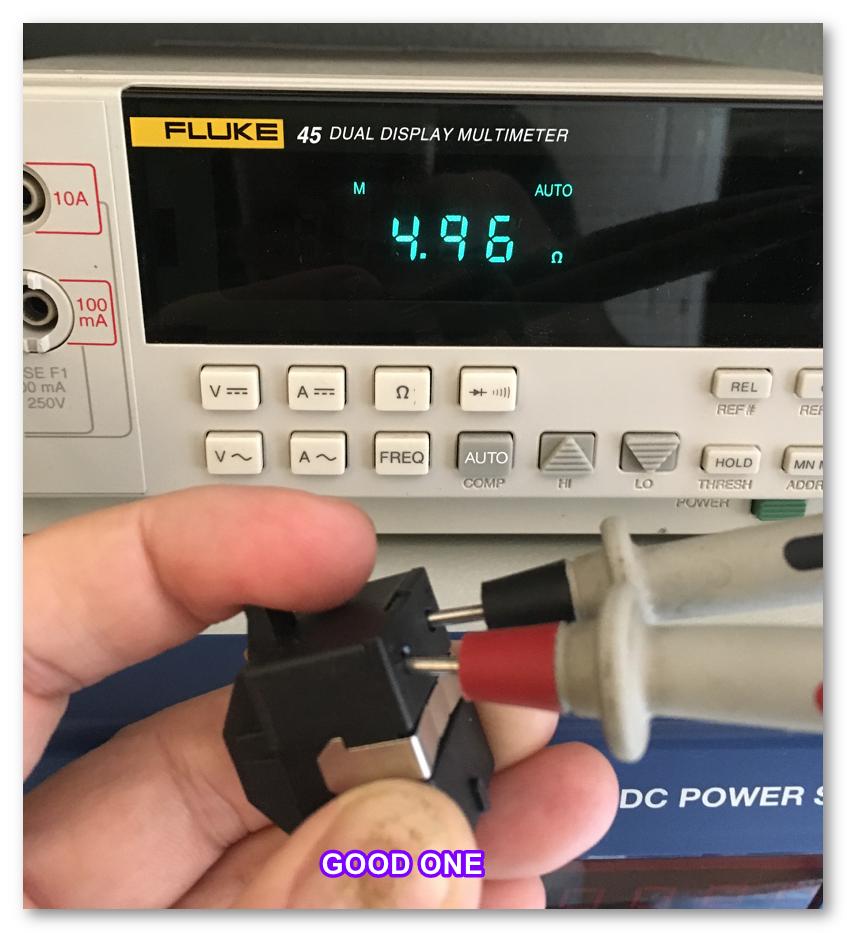
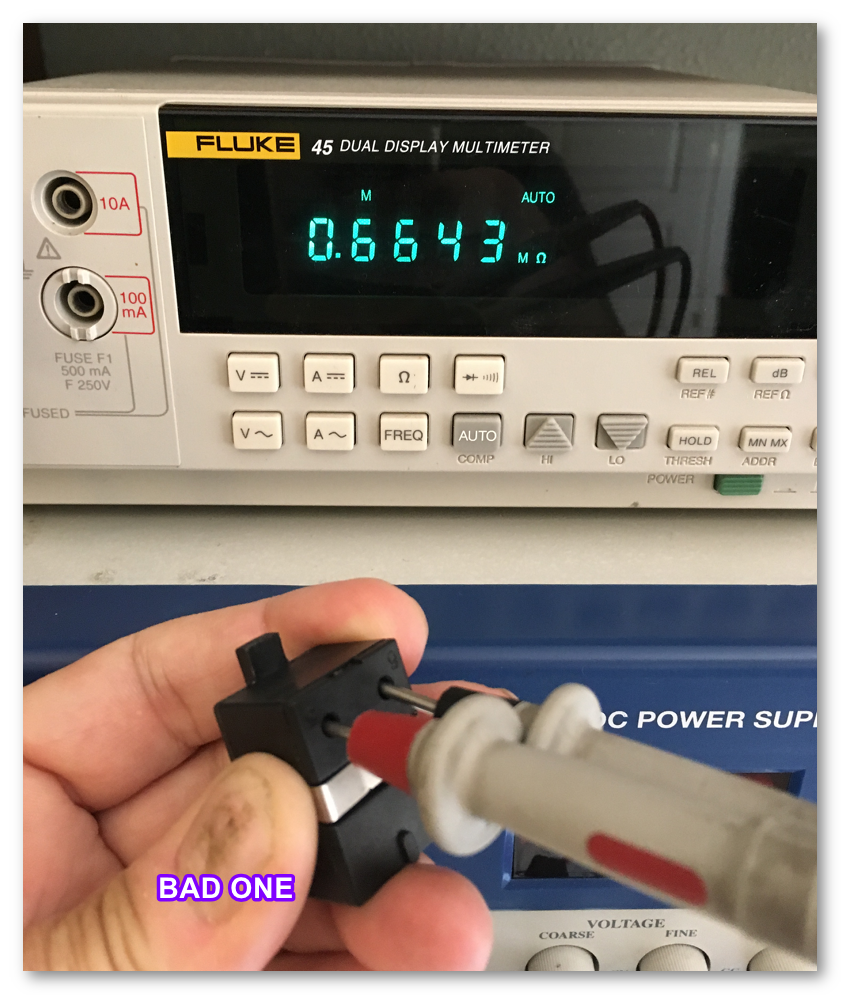

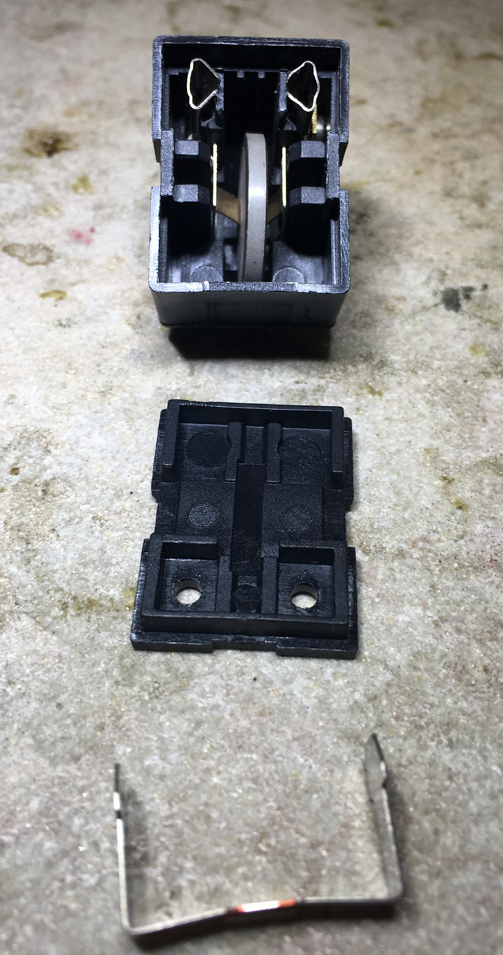
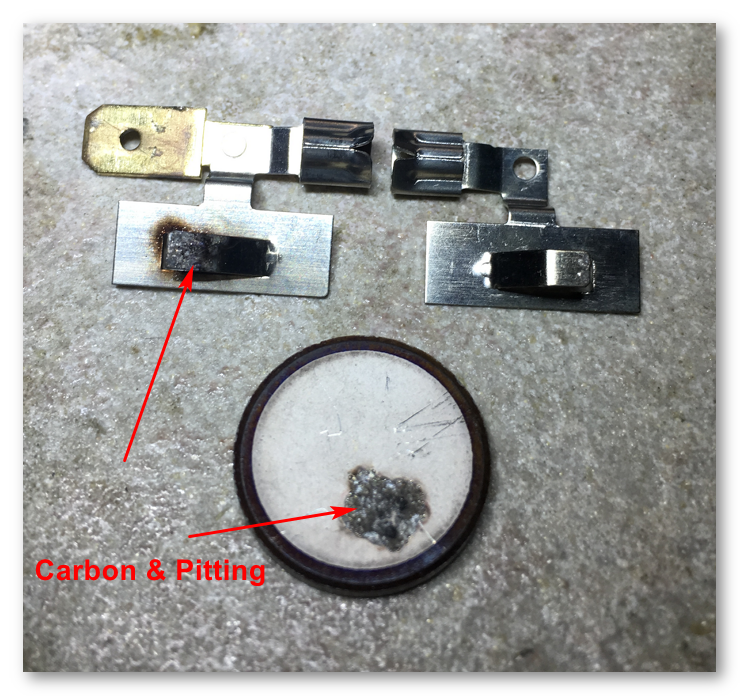
Suck! My own wine fridge died (again)....
I feel your pain. My chest freezer/cave died a month ago. I had an 8" fan running in there and it must put out a lot of heat as the temperature was 120F. Melted my Port Salut, Belper Knolles, a Romano and a Parmesan. Not in a good way either. I was only washing/checking every 3 days, no telling how long it was out. When i get it going again I'm installing a temperature alarm.

I feel your pain. My chest freezer/cave died a month ago. I had an 8" fan running in there and it must put out a lot of heat as the temperature was 120F. Melted my Port Salut, Belper Knolles, a Romano and a Parmesan. Not in a good way either. I was only washing/checking every 3 days, no telling how long it was out. When i get it going again I'm installing a temperature alarm.
I avoided putting fans in my freezers because I was always worried about adding additional heat. Didn't seem right. I guess my intuition was correct.
Indeed a bummer. Is it a compressor unit or a thermoelectric?
Why is this important? I see that mentioned all the time. Is it the ones with compressors that are good? Or is it the other way around? I have no clue when it comes to electronics. So it would be nice if someone could explain why it should be compressor (or the other one).
Aha! OKThey will both get the job done, but those TE coolers take a lot of power. I would not use one, especially in my FL garage.
Aha! OK
So the compressor-ones requires less electricity?
Which of the two are more silent normally?
Also those shelves that you built. You got them from home depot right? I don't have Home Depot here in Europe. But maybe I could use some other material ?
I like that your shelves looks like they have air coming in from beneath them as well.
Also, you posted two images of plastic boxes that you use for your cheese to keep humid(?). Do you have those completely sealed or do you keep a little bit of the lid open so that air can seep in there?
When you are trying to keep humidity high, seal the boxes. It's the only way. Though, I do check them every day or two, so if there is any need for oxygen, it's getting replenished. Not really sure what the right answer is here - that's just how I do it.
Ok nice
Are those plastic sealers and boxes what people call "ripening boxes"?
About the sealers, are you using some type of vacuum bags? Or are they just ordinary plastic sealers? And where can I buy those?
And would ordinary plastic bags from any supermarket work just as well?
Or could even a plastic lunch box do the job perhaps?
So in a wine cooler, which is already humid from the extra glass of water(or something), that is put in there by the cheesemaker, the humidity might be perhaps 60-70%, right?
But the ripening boxes are going to keep an even higher moisture level than that right? Above 90% even maybe?
Hmm okThat is all correct.
The problem with most plastic bags like ziplocks is that they don't block oxygen. If you store a cheese in one of them, it might get moldy, and you might not want that (much to say on that subject, but I'll move on). So, you used the vacuum sealer and the bags for it and get a true seal - it's a replacement for wax (and a great improvement, in my opinion).
Hmm okNice.
Where do you get those types of vacuum sealers in America? Are they expensive?
I have some wax. I am thinking of trying that on one cheese, and then a vacuum-bag on the other, to see the difference.
Also, are you able to measure the humidity inside of your vacuum bags somehow? Seems a bit hard to stick in a hygrometer in it. But perhaps that is possible?
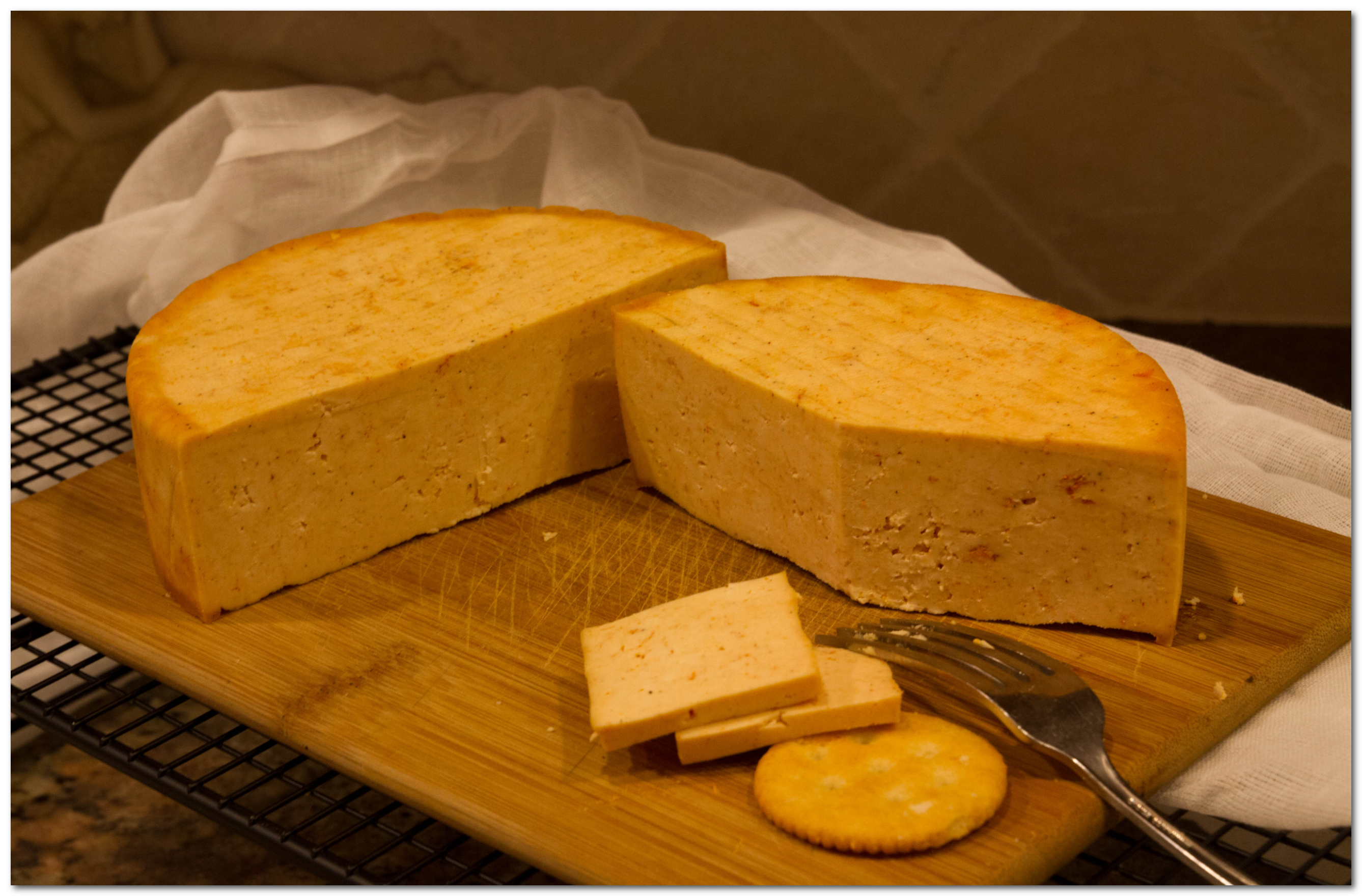
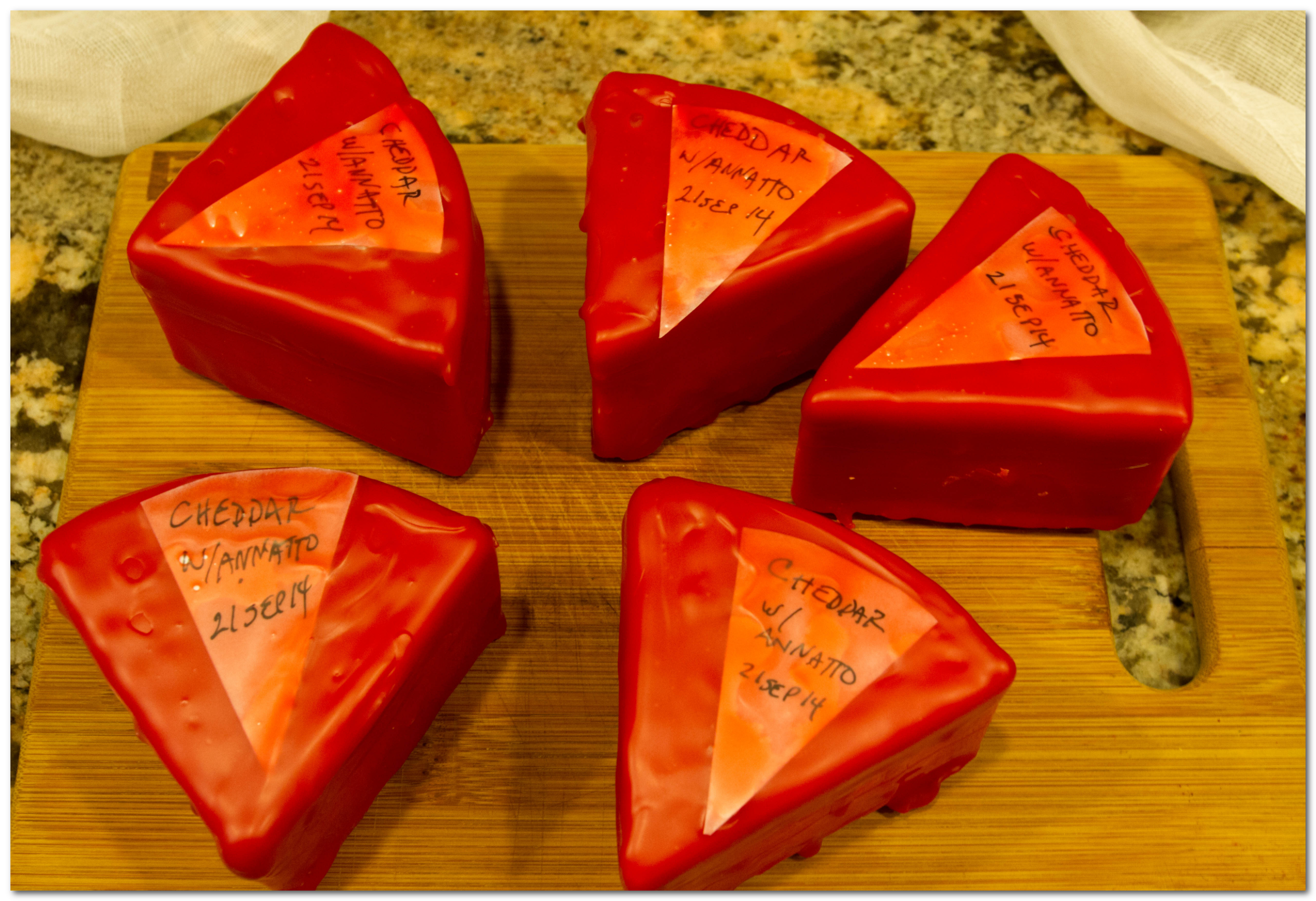

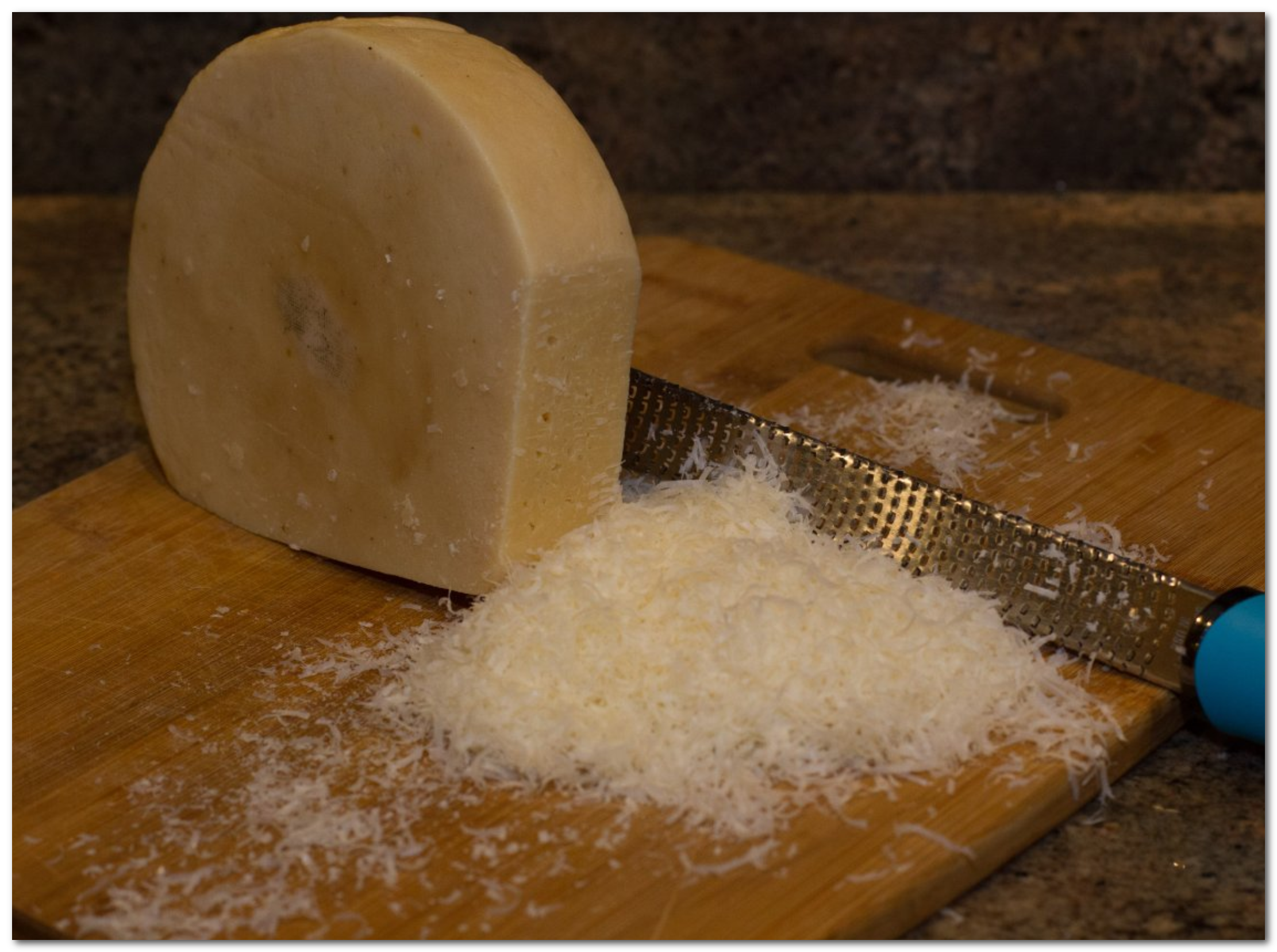
Foodsaver. ~$50. Inkbird now makes one that is pretty cheap. You'll have to find bags. Best to buy them in a roll from discounters. You'll need the wide bags (I think they are 11"). Also get the 8", which is quite handy for food usage.
https://www.homebrewtalk.com/thread...-can-get-one(share-the-code-directly).690666/
You ONLY put the cheese in the bag when it is finished. If you're making hard grating cheeses (e.g., parmesan), don't put it in the bag until it's hard. All cheeses will continue to develop their flavor character in the bag, but they will not dry out of course. See parmesan I made below (I made two actually). I aged it in the cave for 6 months before bagging it.
Wow, the cheese thread comes alive again!! I buy bulk rolls of vacuum bag material from Amazon. Andrew is right about getting both the 11" and 8" widths. I have found over a couple of years that I actually use much more of the 8" material than the 11" because they really are the perfect size for so many food storage things. I also recommend when shopping for the sealer itself, that resist the urge to get a fully automatic version. If you ever want to do charcuterie using the Umai Dry bags and manual sealer that allows you to open the sealer, position the bag on the sealing bar, then close and seal works much better.
I'm not the expert Andrew is, but generally the humidity in a ripening box is much higher just because the cheese itself is giving off moisture. In some cases your humidity can get too high in such a box, in which case you can leave the lid only partially sealed.
Most all cheeses have an initial room temperature/room humidity period right after making/pressing. This allows the outside of the cheese to dry slightly. I believe there are still pH changes going on during this period as well.
haha I'm not an expert. You should see my failures, oof.
I can't find your picture, but I believe it was a Shropshire Blue that maybe did not have enough annatto. Just a stunningly pretty effort! Got me interested in cheese making for sure! If you can find it post it please.
I'm not the expert Andrew is, but generally the humidity in a ripening box is much higher just because the cheese itself is giving off moisture. In some cases your humidity can get too high in such a box, in which case you can leave the lid only partially sealed.
Most all cheeses have an initial room temperature/room humidity period right after making/pressing. This allows the outside of the cheese to dry slightly. I believe there are still pH changes going on during this period as well.
I am a bit confused on the subject of the ripening box
When you say ripening box you mean a plastic box right? Kind of like a lunch box? With a lid. The vacuum bag comes after the cheese has already been ripened inside of a plastic ripening box, right?
The vacuum bags are for aging the cheese for longer times. After it has already been somewhat ripened, right?
I could use a big plastic lunch box for this? And keep the lid slightly open? And then keep the cheese inside that box, and store that box in the wine fridge?
And then after a while of ripening I move that cheese from the ripening box, to a vacuum bag, when enough time has passed. But how do I know when it is time and the cheese is ready to be moved from the plastic box to the vacuum bag?
Lol, I should have remembered that dude, but that’s one of the most beautiful blues I have ever seen!Link below. Not sure why I labeled that thread as a gorgonzola, that was a mistake.
https://www.homebrewtalk.com/threads/gorgonzola-coming-along-fine.644729/
Ah, how greatThat's right. Don't bag the cheese until it's all done and you're looking to store it.
Regarding how to know when it's done, just follow a recipe as closely as possible. There are many different kinds of cheeses, so there isn't one answer to your question.
Get this book if you can: https://www.amazon.com/Home-Cheese-...&keywords=cheese+making&qid=1616717901&sr=8-4
Ah, how greatI am gonna get that book.
Do you normally keep the lid on your ripening boxes slightly open? To get some air in there, circulating around your cheese? Or do you keep your boxes completely shut? But with about 2/3 of air to cheese ratio in there?
I guess it differs for your different cheese right?
Ah okI close the containers. I think it's the only way to ensure the humidity is high.
It's possible you can fix your relay. I just fixed mine. It's running fine right now.
View attachment 630879

Enter your email address to join: